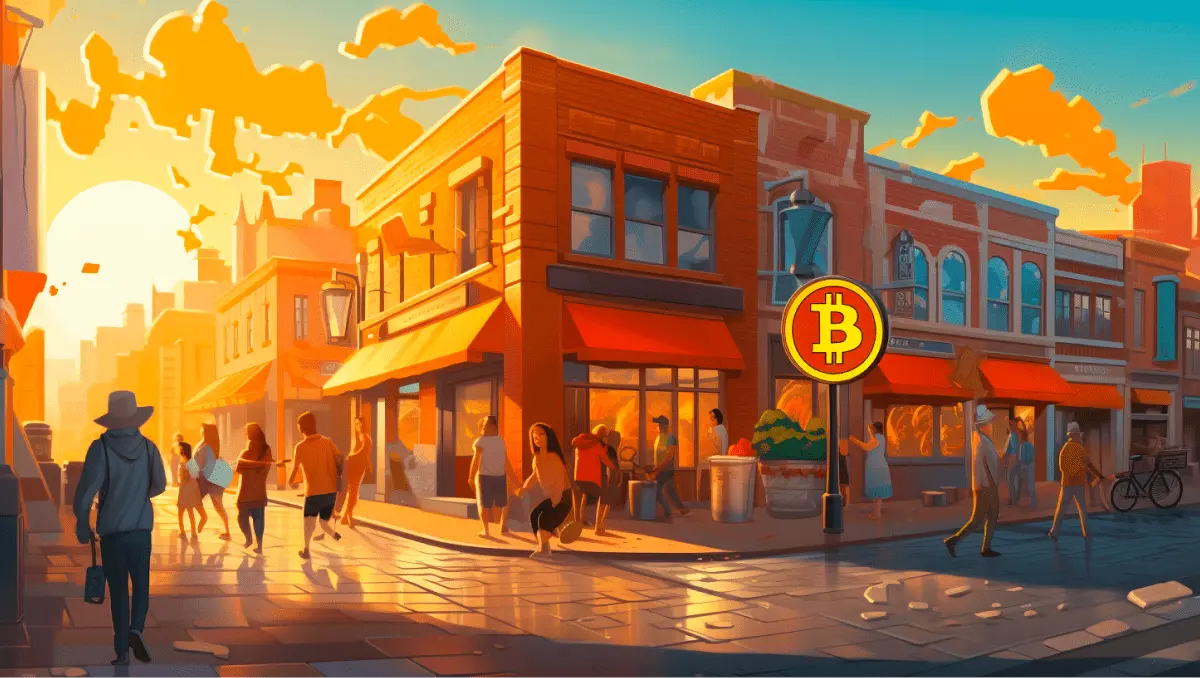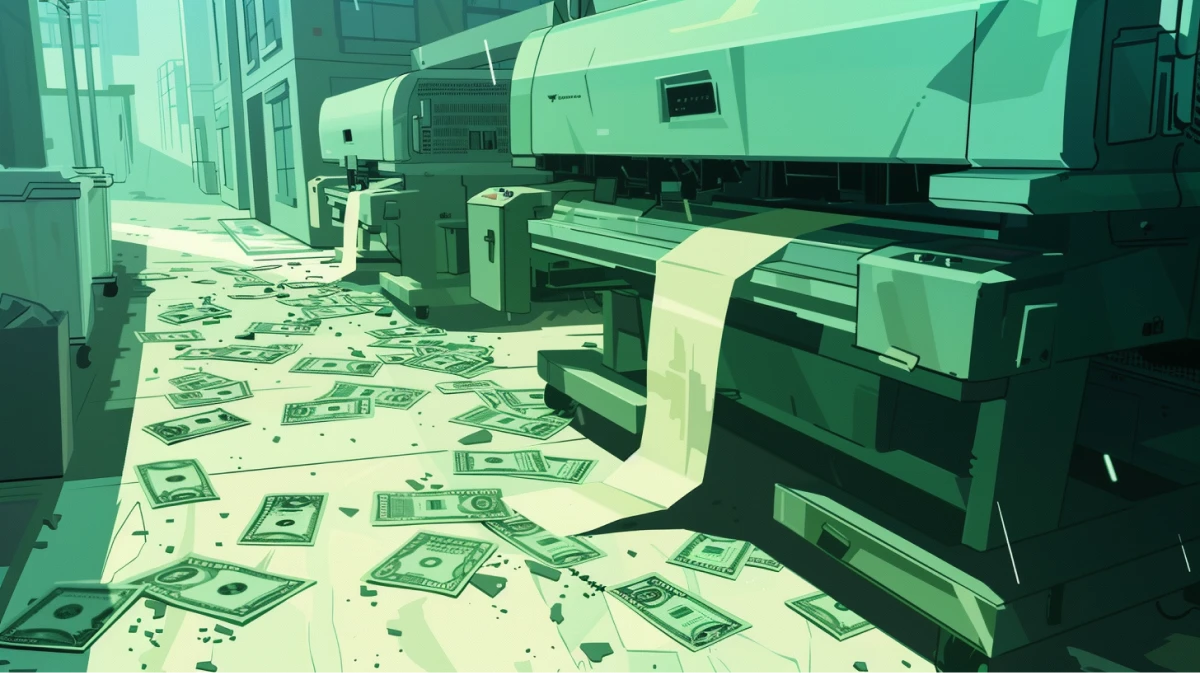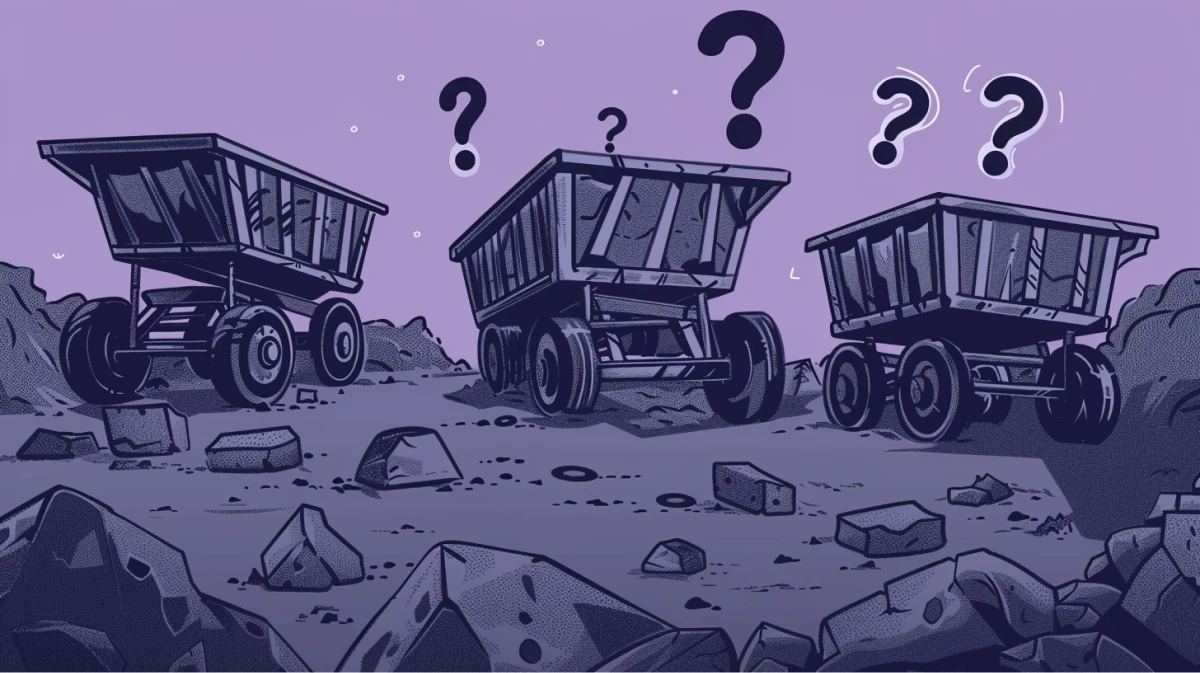Money is a fundamental pillar of every economy and society, playing a crucial role in daily life. It serves several essential functions:
- Medium of Exchange: Money facilitates trade by eliminating the inefficiencies of bartering. Instead of swapping goods directly, people use money as an intermediary.
- Unit of Account: Money provides a standard measure of value, making it easier to compare prices and assess worth.
- Store of Value: Money retains its value over time, allowing individuals to save and plan for future purchases.
This article examines the nature of money, exploring its properties, historical evolution, political influence, economic significance, and what the future may hold.
Characteristics of Money
Certain objective characteristics determine whether an asset can function effectively as money. These characteristics include fungibility, durability, portability, verifiability, divisibility, and scarcity. Depending on a society’s economic structure and needs, the importance of these qualities may vary.
The US dollar works well as a medium of exchange because it is sufficiently portable, divisible, fungible, and verifiable. It is not perfect in any of these categories, but it is good enough that the system can work.
However, the US dollar lacks scarcity. The government continuously prints more dollars to cover expenses, fund tax cuts, or distribute stimulus checks. As a result, the dollar is a poor store of value. In a modern economy, individuals seeking to preserve wealth are unlikely to keep their savings in cash — whether in a bank account or under a mattress — because its value steadily erodes over time.
Gold, by contrast, is both scarce and durable, making it a strong candidate as a store of value. Storing gold bars in a secure vault can make sense for certain investors, particularly in times of economic uncertainty. However, gold is rarely practical as a medium of exchange. Carrying a chunk of gold and chipping off pieces to pay for everyday purchases — like a cup of coffee — is simply inefficient.
While some assets may fulfill both roles, few excel at being both a reliable store of value and an effective medium of exchange. The qualities that make an asset ideal for one purpose often limit its suitability for the other.
Types of Money
Money has evolved significantly over time, taking various forms to meet the needs of different societies and economies. While countless currencies have existed throughout history, most fall into one of three primary categories: fiat money, commodity money, and cryptocurrency — with Bitcoin being the most notable example of the latter.
Fiat Money
Fiat money is the most common form of currency in modern economies. It has no intrinsic value and is not backed by a physical commodity like gold or silver. Instead, its value is derived from government decree and public trust. Examples include the US dollar, euro, and yen.
Fiat money’s strength lies in its flexibility — governments can regulate supply to manage economic stability. However, this control also introduces risks. Overproduction of fiat money can lead to inflation, reducing purchasing power. Despite this flaw, fiat money remains the dominant form of currency due to its convenience, scalability, and widespread acceptance.
Commodity Money
Commodity money is backed by a physical asset with inherent value, such as gold, silver, or even agricultural products in earlier economies. Historically, gold coins were a widely accepted form of commodity money because gold is durable, scarce, and divisible.
The key advantage of commodity money is that its value is tied to a tangible resource, making it resistant to inflation caused by excessive printing. However, commodity money can be cumbersome to transport, challenging to divide precisely, and vulnerable to market volatility in the underlying asset.
Bitcoin and Cryptocurrency
Bitcoin, introduced in 2009, represents a new category of money built on blockchain technology. Unlike fiat money, bitcoin is decentralized, meaning no single government or institution controls its supply. It also differs from commodity money in that its value is not tied to a physical material.
Bitcoin’s scarcity is hard-coded into its design, with a maximum supply capped at 21 million coins, making it resistant to inflation.
Each type of money has strengths and weaknesses, serving different purposes in the global economy. While fiat money dominates daily transactions, more people are using bitcoin and gold to preserve value over time.
The Economic Importance of Money
Money is critical for any well-functioning economy. Beyond its function as a tool for transactions, money serves as the foundation for economic activity, enabling individuals, businesses, and governments to coordinate resources, plan for the future, and measure value. Without a reliable monetary system, economic growth, trade, and social stability would be severely compromised.
- Facilitating Trade and Specialization: Money simplifies trade by acting as a universal medium of exchange. This efficiency allows economies to scale and encourages specialization, where individuals and businesses focus on specific skills or industries. Specialization increases productivity, innovation, and overall wealth creation.
- Enabling Efficient Resource Allocation: Money acts as a signaling mechanism in the economy. Prices—expressed in units of money—reflect supply and demand, helping businesses and consumers make informed decisions. When prices rise, producers are incentivized to increase output, while consumers may reduce consumption or seek alternatives. This dynamic helps allocate resources efficiently across industries and markets. Money also plays a critical role in investment decisions. By providing a standard measure of value, money allows businesses to calculate costs, project profits, and allocate capital effectively. Investors rely on money to assess risk, identify opportunities, and determine where their funds can achieve the best returns.
- Supporting Economic Stability and Growth: Money enables credit markets, which are vital for economic growth. Loans, mortgages, and lines of credit allow businesses to expand, entrepreneurs to fund new ideas, and consumers to make significant purchases like homes or cars. These financial tools rely on the trust and stability that money provides.
- Encouraging Social and Political Stability: A stable monetary system is key to maintaining social order. When people trust that their money will retain value and that prices will remain stable, they are more likely to participate in long-term economic planning — saving, investing, and building wealth. Conversely, when money loses value rapidly due to hyperinflation or political instability, societies often experience economic hardship, social unrest, and declining trust in institutions.
In essence, money is far more than just coins and banknotes—it is the backbone of modern economies. By facilitating trade, guiding investment, and ensuring economic stability, money enables societies to prosper and individuals to build secure financial futures. Without it, efficient economic organization would be nearly impossible.
Network Effects of Money
Money’s value is heavily influenced by its network effect—its usefulness increases as more people adopt it. A currency is most effective when widely accepted, simplifying transactions and eliminating the need for complex exchange rates.
For example, if you had $10,000 but the local shop only accepted silver, you’d face an inconvenient exchange process, reducing the utility of your money. The broader a currency’s adoption, the more valuable and efficient it becomes.
This creates a winner-take-all dynamic in currency markets. Once a currency gains dominance, it develops a strong lock-in advantage, making it difficult for new currencies to compete. Adoption of alternative currencies typically requires early adopters to see benefits like investment potential or improved transaction features.
➤ Learn more about Bitcoin's adoption so far.
If a new currency reaches critical mass—where its network value surpasses the incumbent—widespread adoption can accelerate rapidly. Until that tipping point, building momentum is challenging, as each adopter must be convinced the new system is worth joining.
Political Boundaries of Money
While network effects suggest the world would naturally gravitate toward a single currency, political realities prevent this. Most major currencies, such as the US dollar and Japanese yen, are fiat currencies controlled by centralized governments. Each government maintains control over its monetary policy to manage inflation, influence economic growth, and fund public projects.
To preserve this control, governments encourage their citizens to adopt the local currency. As a result, currency markets are segmented along political lines — Americans primarily use dollars, while Japanese citizens use yen. Although this division complicates international trade, governments prioritize monetary autonomy over convenience.
Relying on a government-backed currency also means trusting that government’s economic policies and stability. Your purchasing power, savings, and financial security are tied to the decisions and longevity of the issuing authority, making currency not just a financial tool but a reflection of political influence and control.
The Evolution of Money
While replacing a dominant currency may seem unlikely, history shows it happens repeatedly. In ancient Mesopotamia, barley served as the primary form of money. People stockpiled large quantities, far beyond what they could consume. However, when standardized silver coins emerged, barley’s network effect collapsed. The coins’ portability and consistency made them a superior currency, swiftly replacing barley.
In colonial America, when gold and silver were scarce, colonists relied on commodity money like tobacco and beaver skins. These items proved impractical due to their lack of durability and other limitations. Once the US dollar was introduced, these early forms of money quickly disappeared.
Initially, the US dollar was backed by gold or land, giving it intrinsic value. However, during the Great Depression, the US government abandoned the gold standard and confiscated privately held gold to enable large-scale money printing needed to stabilize the economy.
➤ Learn more about what is backing Bitcoin?
Despite losing its backing by a tangible asset, the dollar retained value due to its established history and public trust. Today, the dollar’s worth comes not from the paper it’s printed on, but from collective belief in its value — a belief sustained by its widespread use and convenience in everyday transactions.
Will Fiat Currency Be Replaced?
Any currency, no matter how established, can theoretically be replaced. A valid currency doesn’t require intrinsic value—it only needs to meet key criteria for utility, stability, and trust. A new, disruptive currency could challenge an incumbent if it offers superior qualities such as greater security, enhanced stability, or improved functionality.
Additionally, resistance to censorship and immunity from shifting government policies could make such a currency even more appealing. If this new currency successfully combines the ability to store value and facilitate transactions, it would simplify financial systems and increase its overall utility.
However, even a superior currency must overcome the powerful network effect enjoyed by the incumbent. The challenge lies in gaining enough users to offset the established dominance of the current system. Each new adopter reduces this gap, making it easier for the next person to join. Once adoption reaches a tipping point, momentum can accelerate rapidly, positioning the challenger as the new standard.
In the digital age, a decentralized currency—one that’s independent of governments and political boundaries—could spread without physical or geographical limits. With internet access expanding worldwide, such a currency could, in theory, gain a global foothold. If a digital currency were to achieve this level of adoption, its value as both a store of wealth and medium of exchange could be immense—potentially redefining global finance.
Key Takeaways
- There are concrete characteristics that make something a good type of money.
- Currencies with existing users benefit from a network effect.
- Many different types of money have been used as currency in recent centuries.


